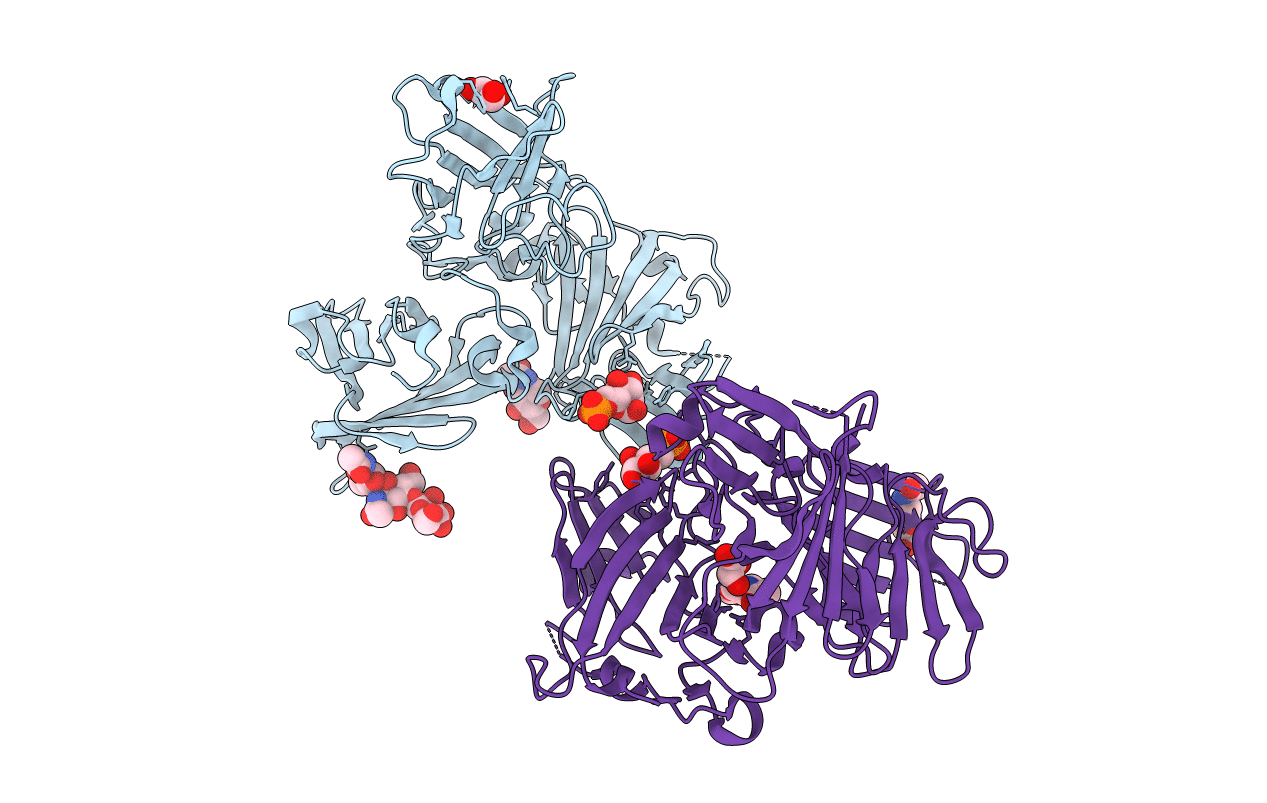
Deposition Date
2004-04-01
Release Date
2004-06-29
Last Version Date
2024-12-25
Entry Detail
PDB ID:
1SYO
Keywords:
Title:
N-terminal 3 domains of CI-MPR bound to mannose 6-phosphate
Biological Source:
Source Organism:
Bos taurus (Taxon ID: 9913)
Host Organism:
Method Details:
Experimental Method:
Resolution:
2.20 Å
R-Value Free:
0.28
R-Value Work:
0.22
R-Value Observed:
0.22
Space Group:
P 1 21 1


